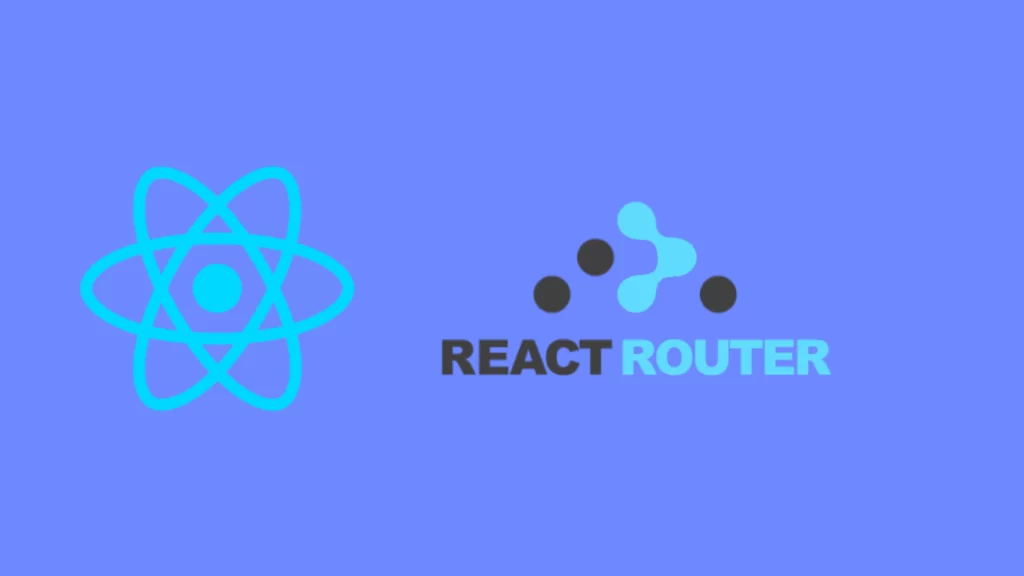In the ever-evolving landscape of web development, efficient navigation is paramount to delivering a seamless user experience. React, as a front-end library, provides developers with a powerful toolset for building dynamic and interactive user interfaces. At the heart of many React applications is the need for effective routing, allowing users to navigate between different views or pages seamlessly. The traditional approach to handling routing involved the use of external libraries such as React Router. However, with the introduction of React-Router Hooks, the paradigm has shifted, offering developers a more intuitive and declarative way to manage navigation within their applications. React-Router Hooks, a set of functions that provide access to the React Router features, have ushered in a new era of simplicity and flexibility in handling navigation. One of the key advantages of using hooks is the ability to manage routing logic directly within functional components, aligning with the modern React approach of building components with hooks.

The useHistory, useLocation, and useParams hooks, among others, empower developers with fine-grained control over navigation and access to route-related information. For instance, useHistory allows for programmatic navigation, enabling dynamic redirection based on certain conditions or user interactions. Meanwhile, useLocation provides access to the current URL, opening up opportunities for conditional rendering and dynamic content based on the route. One of the standout features of React-Router Hooks is the introduction of the useParams hook, streamlining the process of extracting parameters from the URL. This proves invaluable when dealing with dynamic routes, where components need to adapt their behavior based on variable inputs. By embracing hooks, developers can create more modular and reusable components, reducing the complexity of managing route-specific logic.
Furthermore, React-Router Hooks seamlessly integrate with the broader React ecosystem. The ability to use these hooks in conjunction with other React features, such as context and state, facilitates a more cohesive and maintainable codebase handle text inputs in React. This integration not only enhances the developer experience but also fosters a more robust architecture for scalable applications. In conclusion, mastering React-Router Hooks represents a paradigm shift in how developers approach navigation within React applications. The move towards a more declarative and component-centric routing system not only simplifies code but also enhances the overall maintainability and scalability of projects. By leveraging the power of hooks, developers can create more dynamic and responsive user interfaces, providing an unparalleled user experience in the world of web development. As the React ecosystem continues to evolve, React-Router Hooks stand as a testament to the community’s commitment to innovation and usability in building modern web applications.
